I grew up in a farming community where the weather could make or break the yearly crops. At a young age, I quickly learned how stressful that livelihood was on a family. While I learned about the weather and its impacts on the harvest, I also had an opportunity to play in nature, examining bugs and wildlife, building forts in the trees, riding our bikes down the back roads, and observing the fields spanning for miles and miles.
My mom would plant two gardens, each of them five times the size of our house. I grew up weeding and tilling the garden and understanding the significance of growing your food. I excelled in my knowledge of the weather, navigating the outdoors, and growing food sustainably. I’m grateful because not everyone gets to have that experience.
Environmental education should be an essential area of science education for our schools. I had a comprehensive knowledge of the weather, navigating the outdoors, and growing food sustainably, but lacked an understanding of our impact on the environment as a species. Teaching environmental education can guide students to become environmentally literate. We want them to have the ability to act on the knowledge they have learned and not just recite lists of information.
Unfortunately, learning environmental science in an indoor science lab without environmental exposure does not allow students to see all the ecosystems at play. With the national science standards, we have an opportunity to focus on environmental science in our school programs by taking our students outside!
These standards use a framework for understanding how humans impact the Earth and learning about the complex interactions among all living things and the environment. Students learn about biodiversity, wildlife, weather systems, agriculture, transportation, health care, green chemistry, and green technologies.
The best way for students to gain a deep understanding of environmental science is to take them outdoors. There is no substitute for real-world, hands-on active learning experiences.
Students are expected “to organize and use data to describe typical weather conditions expected during a particular season in third grade. By applying their understanding of weather-related hazards, students are able to make a claim about the merit of a design solution that reduces the impacts of such hazards” (page 17, Next Generation Science Standards).
What can this look like in your science program outdoors? Give your students an activity to choose a weather-related hazard (hail, flooding, tornadoes, hurricanes, etc.) they have learned about and engage in the engineering design process to build a structure that can withstand one of these weather events.
Students can use items from the recycling bin, like cardboard, paper, and recycled plastics, to create the structure. You will also want to provide tape, scissors, string, popsicle sticks, and other items to help them build their structure. You can limit them on the items they can use or give them a time frame to develop their structure.
Once the structures are created, you can take your students outside on a windy day to represent a tornado or have them put their structures out on a rainy day. If the weather is not cooperating, you can use a bucket of water to mimic a flood or a stiff board or cardboard to mimic the wind by waving it up and down.
After students have designed their solutions to meet the design constraints, they will make a claim about the merit of their design solution and explain how it reduces the impacts of a weather-related hazard. Students will recognize that humans cannot eliminate natural hazards through this activity but can take the necessary steps to reduce their impact by designing a solution.
In middle school, students are expected to “formulate answers to the questions: ‘How can natural hazards be predicted?’ and ‘How do human activities affect Earth systems?’ Students understand the ways that human activities impact Earth’s other systems. Students can use many different practices to understand the significant and complex issues surrounding human uses of land, energy, mineral, and water resources and the resulting impacts of their development” (page 55, Next Generation Science Standards).
Allow students to see how humans impact their environment through their habits, actions, and choices—polluting water with trash and contaminants, increasing the CO2 in the atmosphere from burning fossil fuels, or using dangerous pesticides, which can have unexpected consequences further up the food chain.
What can this look like in your science program outdoors? Have students explore the effects of air pollutants, acid rain, road salt applications, the greenhouse effect, and other common chemical wastes specifically on plants. Challenge your class with a series of outdoor experiments demonstrating the impact that human-made pollutants have on plant systems, seed germination, and growth.
Want more ideas for opportunities to take your class outside? Here are some kits that support teaching environmental science outdoors:
Naomi Hartl
Naomi Hartl graduated from the University of Saskatchewan and started teaching in her home province of Saskatchewan, Canada. She has taught a variety of subject areas including biology, mathematics, health education, physical education, home economics, and career education. In 2015, she relocated to Oregon, USA, to work with School Specialty and has worked in curriculum development and writing with the company and is now the Science and STEM Subject Matter Expert. Working with School Specialty has allowed her to pursue her dream of making a difference in the lives of teachers and students by curating solutions to create safe, equitable, and successful learning programs.
Read more by Naomi Hartl–>

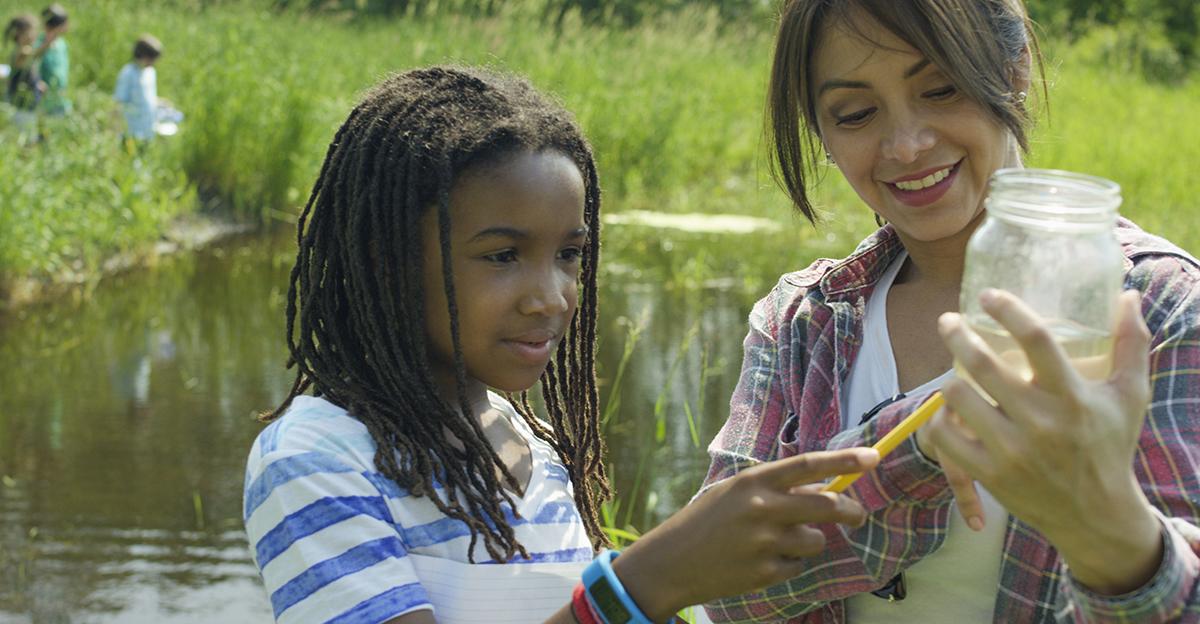
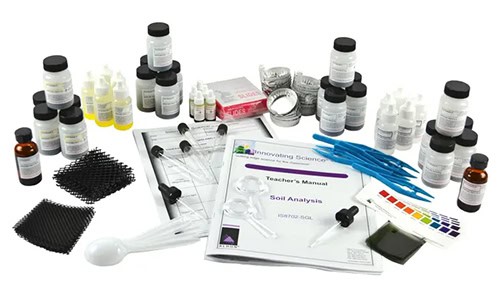
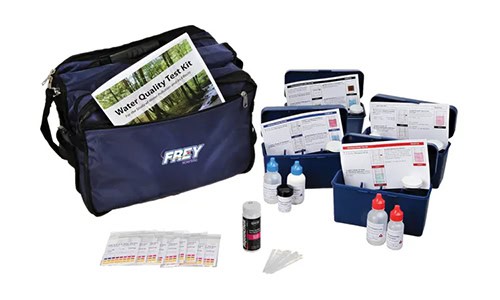
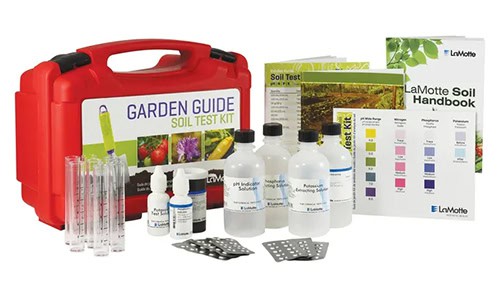
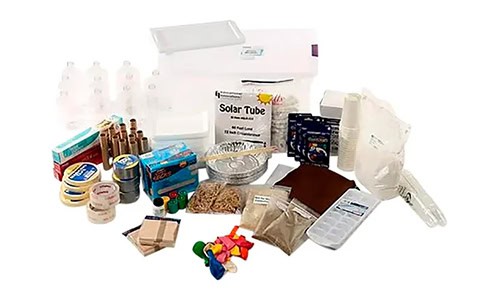
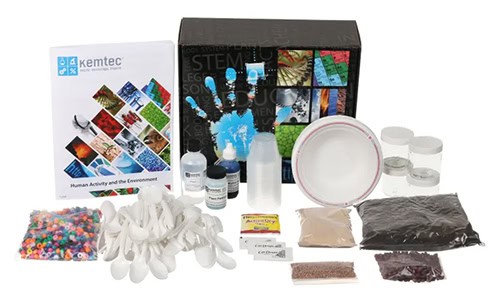
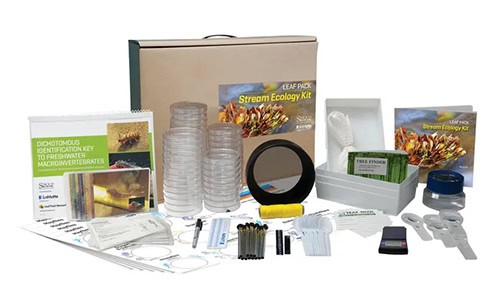

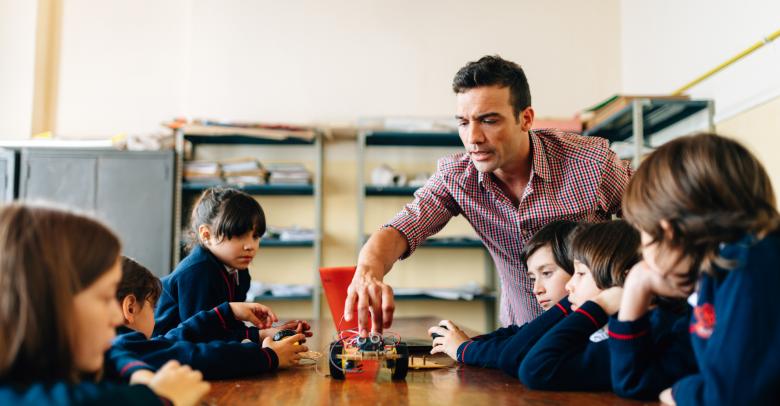

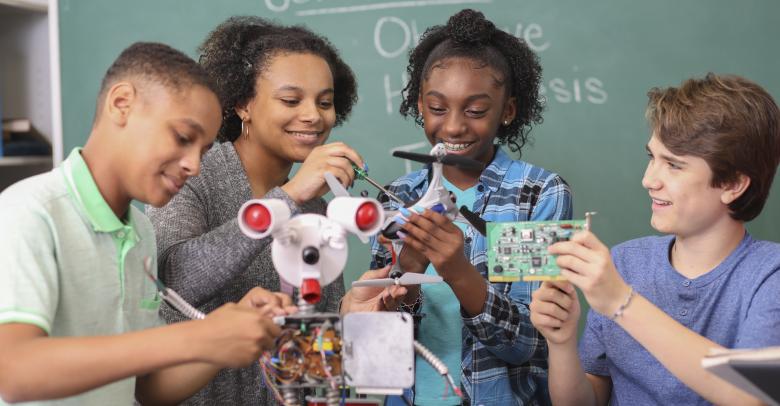

Leave a Reply